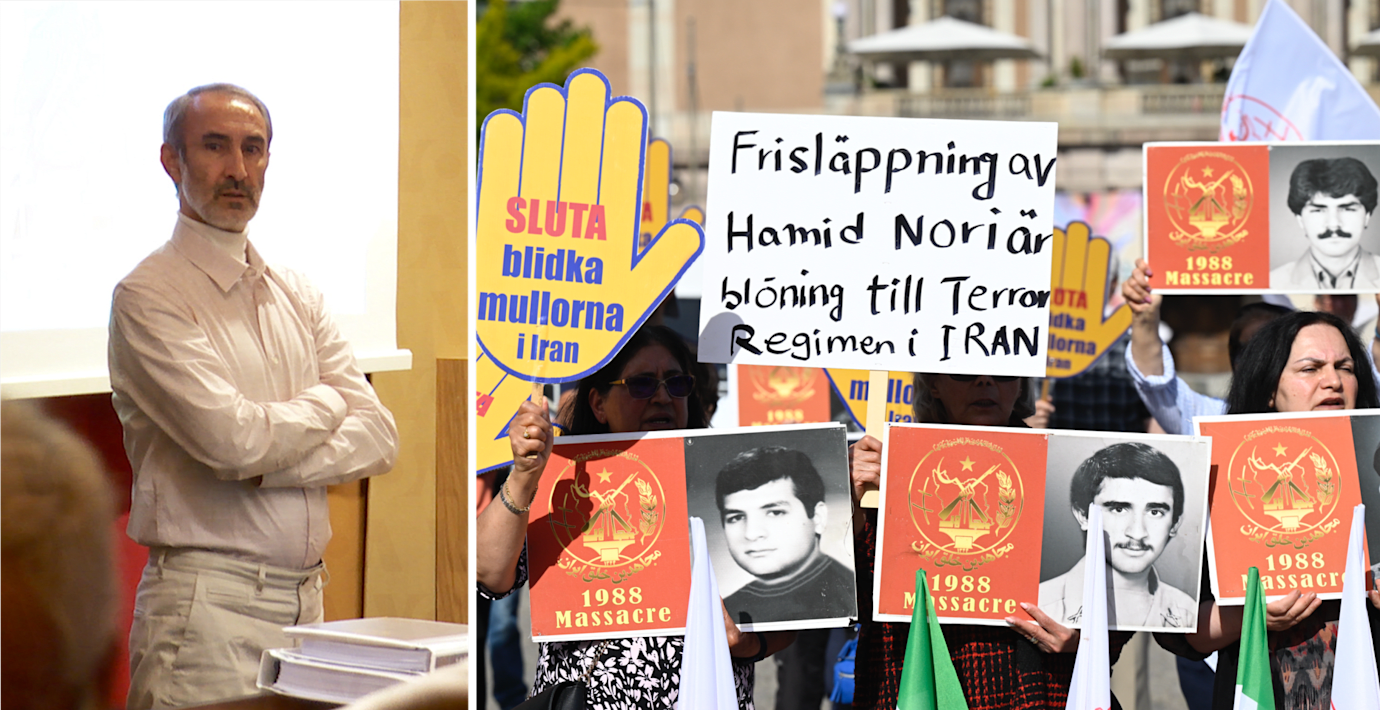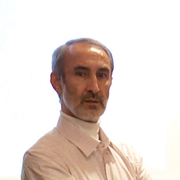
Satt i iranskt fängelse – rasar över benådningen
Regeringens benådning av folkmordsdömde Hamid Noury är ett svek mot hans offer. Det säger Mehri Emrani, som själv satt fängslad i iran under slutet av 80-talet, då Noury enligt svensk domstol var delaktig i en massavrättning i ett iranskt fängelse.
– Jag överlevde massakern, men jag såg hur de kom till avdelningen och hämtade flera av mina vänner som aldrig kom tillbaka, säger Emrani till Expressen.
Noury benådades och utväxlades under helgen mot två svenska medborgare som suttit fängslade i Iran. Emrani menar att utväxlingen ger den iranska regimen politisk legitimitet.
bakgrund
Massavrättningarna i Iran 1988
Wikipedia (en)
A series of mass executions of political prisoners ordered by Ayatollah Khomeini and carried out by Iranian officials took place across Iran, starting on 19 July 1988 and continuing for approximately five months. Many of the prisoners were also subject to torture. The killings took place in at least 32 cities across the country. The killings were perpetrated without any legislative basis and trials were not concerned with establishing the guilt or innocence of defendants. Great care was taken to conceal the killings, and the government of Iran currently denies their occurrence.
The exact number of those killed is unknown, with various estimates by human rights organizations up to 5,000 people killed. Human Rights Watch puts the estimate at between 2,800 and 30,000 people killed, while Amnesty International estimates at least 30,000 killed.
Reportedly, the majority of those who were killed were supporters of the People's Mujahedin of Iran (MeK), but supporters of other leftist factions, including the Fedaian and the Tudeh Party of Iran (Communist Party), were also executed.: 209–228 Various motives have been offered for the executions of the victims, including that the victims were executed in retaliation for the 1988 attack on the western borders of Iran by the MeK, (although members of other leftist groups which never supported or took part in the Mujahedin's invasion were also targeted for execution).: 218
Survivors of the massacre have made numerous calls for redress and they have also called for the prosecution of those who perpetrated the attack. The massacres have been called "Iran's greatest crime against humanity", without precedent in modern Iranian history both in terms of scope and cover-up,: 201 and have been denounced by deputy Supreme Leader of Iran at the time Ayatollah Montazeri, the United Nations Human Rights Council, and a number of countries such as Sweden, Canada, and Italy.
Omni är politiskt obundna och oberoende. Vi strävar efter att ge fler perspektiv på nyheterna. Har du frågor eller synpunkter kring vår rapportering? Kontakta redaktionen



